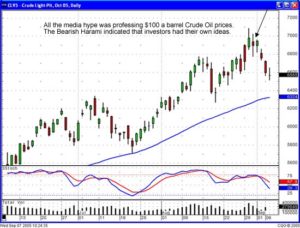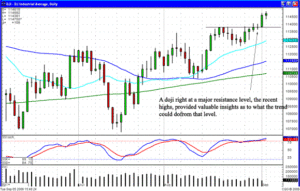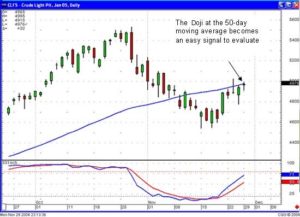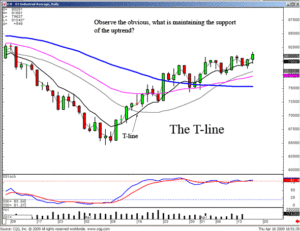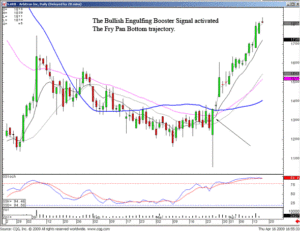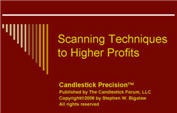![]()
Deciding on a futures trading advisor is actually more of a decision about commitment. Some people want no sense of responsibility beyond depositing money in their commodities account while others want to grab the bull by the horns and make all of the decisions themselves. Each successful trader has one unique trait: the ability to know oneself and seek the futures trading advisor that will best help that investor.
There are four basic ways to manage a commodity account. Each method has its advantages and best fits certain personality types. These four methods of account management are: trading your own account, enlisting an account manager, using a commodity trading advisor and joining a commodity pool. No matter which method you choose, there is a futures trading advisor that can help you with your commodities trading. Here is a brief introduction to each method.
Trading Your Own Account
This is the most daring method of the bunch. With this method, you start a commodity account and with or without the help of a futures trading advisor, taking responsibility for your own trading decisions. You will do your own research, ensure adequate funds are available in your account, and initiate your own positions. Many brokerage houses have divisions related solely to futures investing and some even cater to those who manage their own accounts, focusing their efforts on providing the most comprehensive, up-to-date information available. This is the most economical method of the bunch since the only expense you have is maintaining the account and paying premiums on your trades. This type of account is only intended for those with significant experience in commodity trading.
Having Someone Manage Your Account
This is the “play it safe” method. When a futures trading advisor manages your account, he or she will have power of attorney power to make and implement decisions for you. You will still be contacted to all investment options that your account manager suggests and you are financially responsible for your account, but you are counting on someone that is a professional to do the dirty work for you. This is a good method for someone who doesn’t have the experience, training or time to successfully handle an account; you are able to rely on the experience of your account manager.
Utilizing a Commodity Trading Advisor
This method is somewhere between the previous two. A commodity trading advisor is someone who is paid to offer advice on commodity trading, including specific trading recommendations such as when to establish a particular long or short position and when to liquidate that position. A commodity trading advisor will help you with your investment philosophy but is not assigned specifically to your account. This method offers the ability to manage your own account yet have the advice of an expert at your fingertips.
Participating In a Commodity Pool
The final method of account management is called a commodity pool. This method is similar to a stock mutual fund. It is the only method that does not require you to have your own individual trading account; the money you invest will be combined with that of others in the pool and traded as a single account. The risks are the same as an individual account but the increased funds can enable you to make a wider variety of investments.


